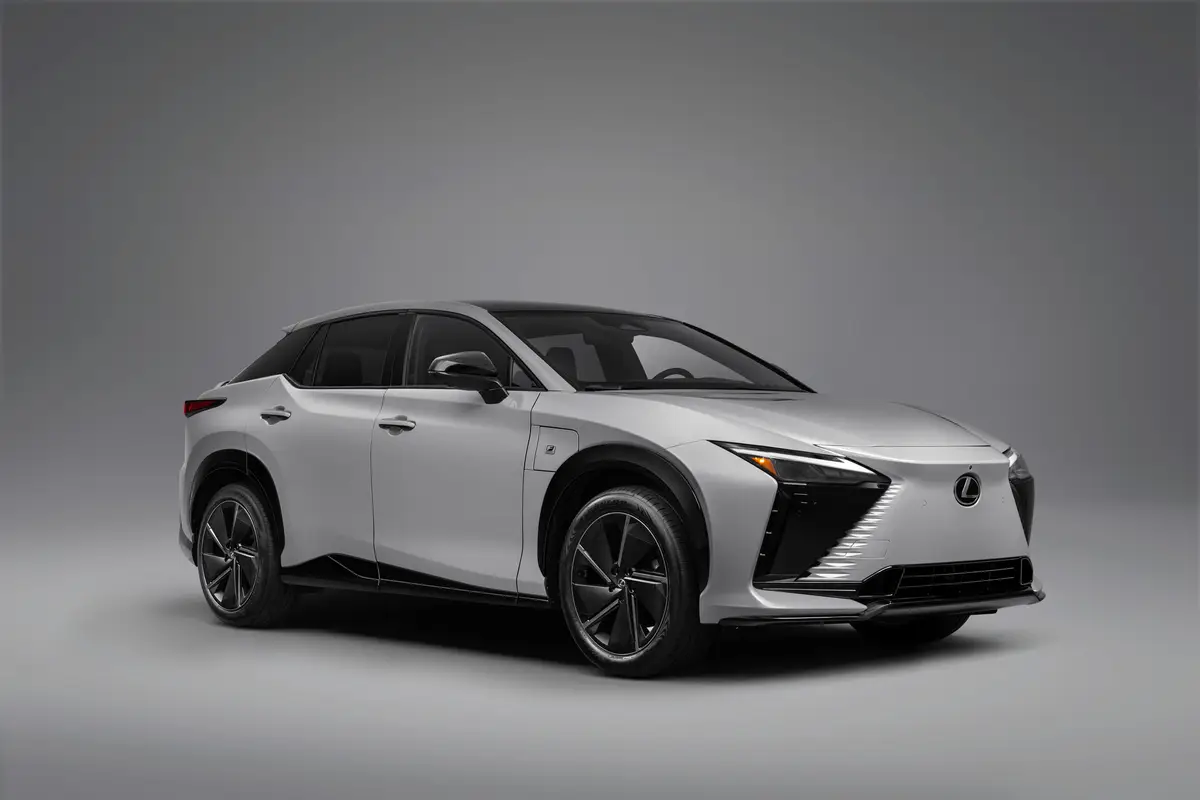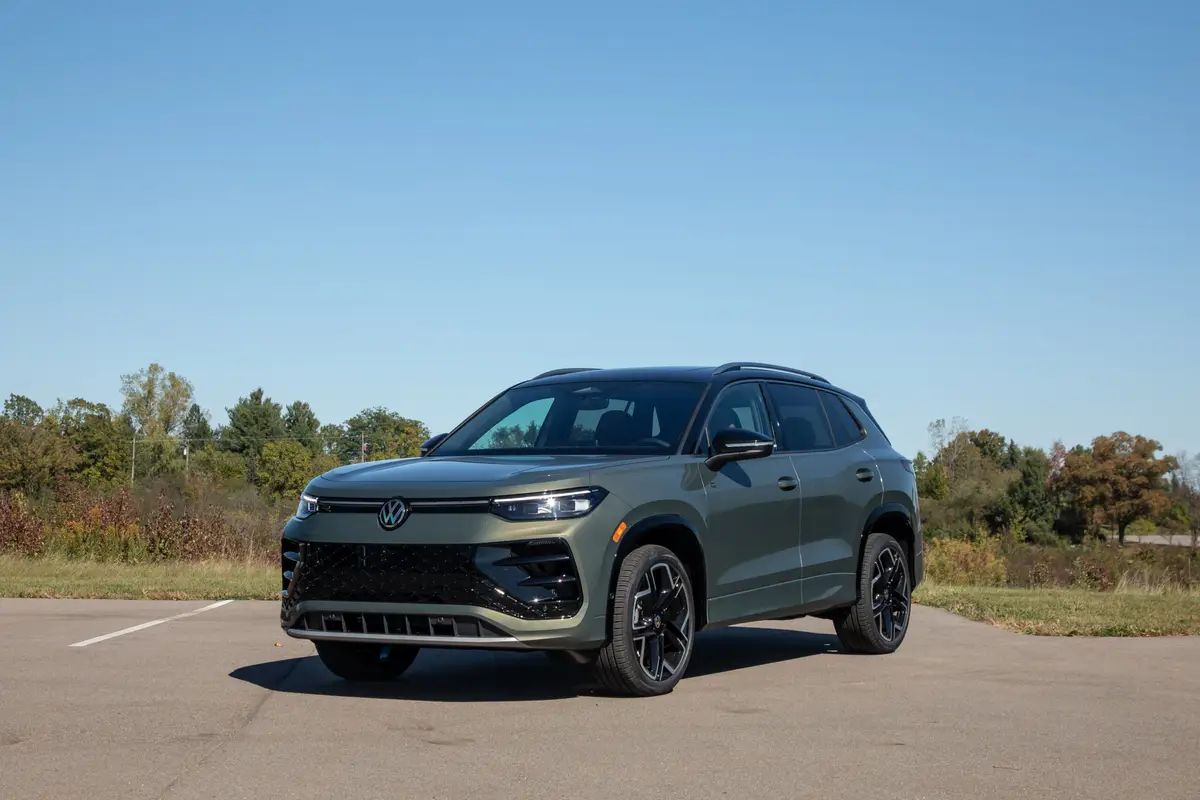The Morning Call and Mcall.com's view
The four-wheel drive AMC Eagle, unlike its avian namesake, is far from a rare bird. On any short ride you are bound to spot one. Or two, or maybe even more. No doubt about it, the Eagle is a popular vehicle. And its popularity doesn’t seem to be fading. On the contrary, it seems to be growing.
A good indication of just how popular a vehicle is how much demand there is for it in the used car market. Well, used Eagles are in demand. They don’t last too long on the lots and most AMC salesmen have two or three people waiting for a good used one. Also, used Eagles are bringing a good buck.
The test vehicle (a station wagon supplied by Kelly AMC-Jeep-Renault, State Road, Emmaus) was a 1985 model, but since the Eagle isn’t going to be changed for the 1986 model year, you can apply this test to either model. AMC is getting a good stretch out of what is basically the same style as when the vehicle was introduced in 1980. To be sure, there have been some mechanical refinements over the years, but a person would need a field guide to tell the differences in exterior appearances for Eagles of different model years.
Fortunately, the basic styling is not hard to take. The Eagle has sort of a timeless American look that manages to combine familiarity with ruggedness. Not a bad trick. The higher stance and bigger wheels and tires necessary because of the four-wheel drive system, do help this image, which is no doubt one of the reasons this vehicle has been so successful – it looks like it can do all the things it is supposed to do, such as getting through the snow and other adverse road conditions.
No doubt this confident appearance helps sells this vehicle to women, who make up a very large percentage of its total sales. Without getting into a whole bit about the female mystique, let’s just say that women are less emotional buyers than men. Or, at least, when it comes to cars. Over the past 10 years the number of women who drive four-wheel drive vehicles has more than doubled. In 1974, only seven percent of the nation’s four-wheel drive vehicles were driven predominantly by women. In 1984, the figure climbed to more than 16 percent.
According to an AMC survey, the main reasons women are buying four- wheelers is the greater peace of mind they provide in all types of driving conditions, multi-purpose usage, and such characteristics as ruggedness, durability and reliability. So, not surprisingly, the passenger car-like Eagle has been a favorite with women drivers since its introduction in 1980. In fact, recent studies showed that women accounted for 41 percent of all Eagle purchases. Quite a chunk of the market.
By today’s standards, the Eagle wagon is a decently sized car. The wheelbase measures 109 inches, overall length 181 inches, width 72 inches, heights 54.5 inches and the curb weight comes in at 3,416 pounds. The EPA passenger index is listed at 91 cubic fee t, while storage space measures 30 cubic feet. With the rear seat folded down, storage space is increased to 57 cubic feet.
The Eagle’s front seat room is quite impressive. There are two big seats and either one of them would be able to seat King Kong Bundy in comfort. The seats sort of look like they came out of the old AMC Pacer (a car misunderstood by those who didn’t own one and appreciated by those who did). In other words, quite roomy. Head and leg room are also on the generous side. Rear seat room isn’t bad and although it is not up to the scale of the front seat, three congenial people will not suffer undue hardship.
I’ve always wondered why AMC didn’t square off the back of this vehicle, which would provide more cargo room and, perhaps, lend itself to a different design on the lift gate. As it is, the Eagle wagon has about two-thirds of a lift gate and this means objects must be lifted over and lifted out. I don’t believe this is a bad point,b t I certainly feel it is an area that can be improved . But who knows what ’87 will bring?
Since the Eagle is such a traditional type vehicle, driving one should not present any problems to anyone. Everything is just so familiar. The test vehicle was equipped with the optional three-speed automatic transmission (a Chrysler TorqueFlite), making things even easier. (The standard transmission is a five-speed manual.) Actually, the Eagle is one of those types of vehicles you just drive and drive and drive and don’t think about it.
Even going to four-wheel drive doesn’t take too much effort. All that has to be done is to move a little lever on the dash from two-wheel to four-wheel or the other way. New this year is the convenience of shift-on-the-fly which means the modes can be changed at any speed, any time. (Earlier models required that the car be stopped when changing from one to the other. During the first two years of production, the Eagle featured full-time automatic four-wheel drive, meaning one didn’t even have to make a choice.)
The four-wheel drive system is, of course, great for snow and all that winter sort of stuff. But this does not mean that you can’t use four-wheel drive any other time. The Eagle’s system is not the same as, say, the system used in a Jeep. It is much lighter in weight and less complex. In fact, it is very difficult to tell if the Eagle is running in two-wheel or four-wheel drive (without looking at the mode selector, of course). It runs quietly in either mode. If one so desired, the Eagle can be shifted to four-wheel drive and forgotten (such as with the early Eagle and newer Audi Quattro 4000). The Eagle will use a little more fuel in four-wheel drive but not that much more (no where near the difference of a truck-type four-wheeler in the two modes). So, if there’s a little rain, put it in four-wheel drive; if the roads look a little slippery, put it in four-wheel drive, or, if you just feel better in four-wheel drive, just put it in four-wheel drive. It’s there, might as well be used.
Even in four-wheel drive, the Eagle doesn’t act that much differently than when in two-wheel drive. There are subtle differences but unless one is pushing the Eagle to extremes, handling and ride feels about the same. But, then, the Eagle has more of a car suspension than truck suspension. Up front are coil springs and a large stabilizer bar. The rear has a live axle with leaf springs and a stabilizer bar. As you can see, not overly complicated.
The Eagle has gone full cycle on its engine selection since the 1980 model. Originally, the only engine available was AMC’s venerable 258 cubic inch inline six. This engine was a good choice since it had plenty of bottom (lots of torque at low engine rpm), a desirable feature for four-wheel drive. Then, for several years, a four-cylinder engine (first a General Motors, then an AMC) was standard equipment with the six offered as an option. For 1985 (and 1986) the big six is once again the standard and only engine available.
As mentioned, the engine measures 258 cubic inches (4.2 liter), which makes it the largest six-cylinder passenger car engine available these days. Nothing really new in engine design here. It has overhead valves with hydraulic valve lifters, seven main bearings, a 9.2:1 compression ratio and two-barrel carburetor. It is rated at 112 horsepower at 3,000 rpm and 210 foot pounds torque at 2,000 rpm. At first glance, 112 horsepower may not look all that impressive. But look at the torque again. Really impressive. This is more than sufficient power to move the Eagle along at a good clip. The test vehicle averaged 14 miles per gallon for city driving and 20 miles per gallon over the highways. It has a big 22 gallon fuel tank that will take it a good distance between fill ups.
Base price for the test vehicle was $11,217. Standard equipment includ d power steering, power brakes, P195/75R15 glass-belted radials, extra quiet insulation package, quartz digital clock and numerous trim, convenience and appearance items. Options totaled $2,804 and included: automatic transmission, $366; wood grain side overlays, $155; power windows and door locks, $458; air conditioning, $781; tinted glass, $113; rear window defroster, $146; roof rack, $124; tilt steering, $115; AM/FM multiplex stereo radio, $235, and electronic cruise control, $183. Add on a transportation charge of $414 and the bottom line came to $14,435. Certainly not cheap, but, then, what is these days?
Latest news



